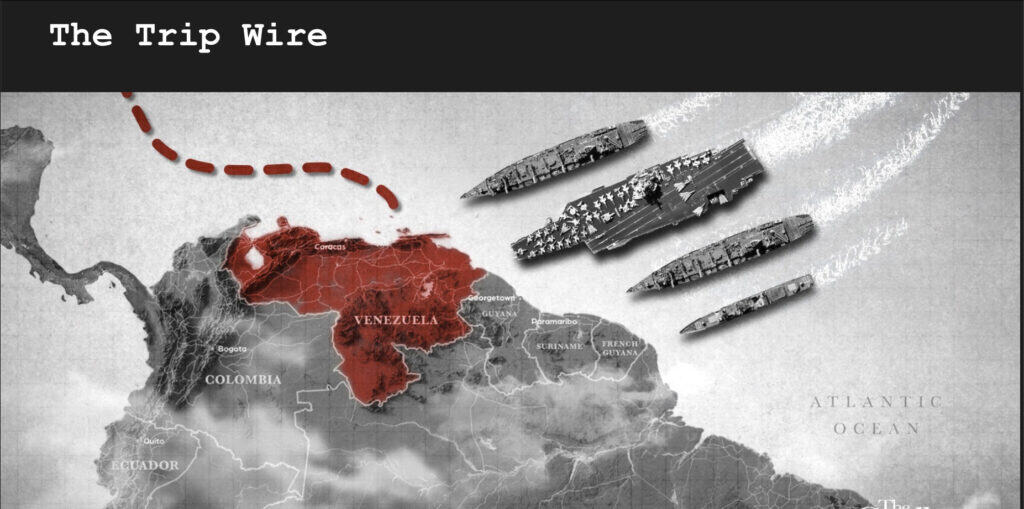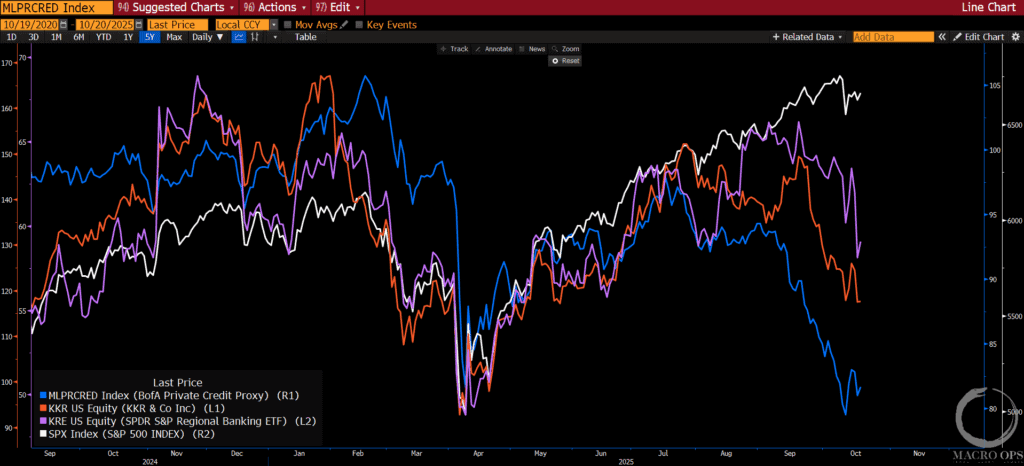Our Value Investing Letter Recaps keep things simple.
Each email focuses on three value investing hedge fund letters, three ideas, all digestible in roughly three minutes.
Within each idea we answer four main questions:
- What does the business do?
- Why is it a good bet?
- Why does the opportunity exist?
- What is the prize if you’re right?
Quick housekeeping note that nothing you read is investment advice and please do your own due diligence before investing. Also, I do not own any of the below-mentioned securities as of this writing.
Finally, we get each investment letter from r/SecurityAnalysis, which you can find here.
This week we analyzed Ardagh Metal Packaging (AMBP), Ashtead Group (AHT.LSE), and Fairfax Financial (FFH.TSX).
Let’s get after it.
Top 3 Value Investing Letters You Need To Know About
1. Rhizome Partners: Ardagh Metal Packaging (AMBP)
Bill Chen runs Rhizome Partners and it’s their first appearance on the Value Investor Letter Recap series. Rhizome generated a net loss of 4.8% during Q3 and is down 22% YTD. You can read their latest letter here.
This quarter they profile one of their longs, Ardagh Metal Packaging (AMBP). I never heard of this name until I read Bill’s letter, which intrigued me.
Let’s dive into the idea.
What does AMBP do?
Via TIKR.com: Ardagh Metal Packaging S.A. supplies metal beverage cans in Europe, the United States, and Brazil. Its products are used in various end-use categories, including beer, carbonated soft drinks, energy drinks, hard seltzers, juices, pre-mixed cocktails, teas, sparkling waters, and wine. The company serves beverage producers. The company is based in Luxembourg, Luxembourg.
Why is it a good bet?
“The aluminum can packaging industry is a rational oligopoly that will adjust supply to market demand. All four players—Ball Corporation, Crown Holdings, Ardagh Metal Packaging, and CanPack—are poised to earn high returns on invested capital.
In the short term, the timing of the pass-through of input costs and challenges in the European market have temporarily impacted cash flow …
Ardagh Metal Packaging’s debt is fixed and termed out, with the nearest maturity in 2027.”
Why does the opportunity exist?
“Ardagh Metal Packaging is most exposed to the economic crisis in Europe, with one-third of its EBITDA generated in Europe. Over the summer, there was serious concern about how Europe could source enough energy this winter.
Europe has been stockpiling coal and natural gas and creating contingency plans. This is still a concern that we monitor, but it is hard to imagine Ardagh Metal Packing being cut off from power.”
What is the prize if you’re right?
“The company continues to generate a prodigious amount of cash flow, as all packaging companies do through all economic cycles. In addition, we are now receiving an 8.3% dividend.”
Further Research Material
2. Bonhoeffer Capital: Ashtead Group (AHT.LSE)
Keith Smith is the portfolio manager at Bonhoeffer Group. This is his first time on the Value Letter Recap Series. You can listen to my podcast with Keith here to learn more about his investment strategy and philosophy.
This quarter Keith breaks down one of my favorite businesses: Ashtead (AHT.LSE). You can read his Q3 letter here.
Speaking of AHT, you can listen to my podcast with Samer Hakura on the AHT bull case.
Let’s dive into the letter.
What does AHT.LSE do?
“Ashtead is an equipment rental/leasing firm that operates in the United States, Canada, and the United Kingdom.
Ashtead’s growth model is achieved through overall market growth, including the continued increase of leasing over ownership of equipment (5-6% per year), opening new stores in clustered footprints, and synergistic M&A (8-10% per year)”
Why is it a good bet?
“Ashtead’s operational leverage is illustrated by their net income margins being up 120%, with a 5x increase in revenues over the past 10 years. These factors should lead to 18-21% EPS growth going forward. Ashtead has had 19% and 31% EPS growth over the past five and 10 years, respectively.”
Why does the opportunity exist?
“Part of Ashtead’s strategy is to lever up to purchase: (1) new locations to geographically expand, and (2) complementary equipment leasing firms and then pay the debt down with cash flows post acquisition, similar to private equity funds.
Ashtead has done this many times over the past 10 years. This strategy is similar to that of Asbury’s, described in previous letters. In comparison to other equipment firms, Ashtead has amongst the highest asset turns and margins …
The current penetration for general tool equipment rental (70% of sales) is 55%, but for specialty equipment it is on average only 10% (30% of sales). Thus, the runway for growth through penetration is long. ”
What’s the prize if you’re right?
“Given a conservative projected EPS growth of 10% per year, Ashtead should trade at 29x earnings using Graham’s formula of 8.5 + 2 * growth rate. Applying this multiple results in about a 2x return today and a 3x return in five years.”
Further Research Material
3. Tidefall Capital LP: Fairfax Financial (FFH.TSX)
Trevor Scott runs Tidefall Capital. He’s aslo great follow on Twitter @TidefallCapital. Anyways, Tidefall ended the quarter down 1.2% after fees and down 16.1% YTD. Since inception (January 21, 2020) Tidefall has returned 118.4% after fees.
This quarter, Trevor gives a one-page pitch on Fairfax Financial (FFH.TSX). You can read Trevors thesis here.
Let’s break down Prem Watsa’s insurance baby.
What does FFH.TSX do?
Via TIKR.com: FFH provides property and casualty insurance and reinsurance, and investment management services in the United States, Canada, Asia, and internationally.
Why is it a good bet?
“In 2021, Fairfax had a combined ratio of 95%, meaning for every $1 in premiums, the company had to pay out 95 cents in losses and expenses (a lower combined ratio is better). This is slightly better than its 10 year average of 96%. Although the first six months of this year had a combined ratio of 94%, Hurricane Ian will no doubt push Fairfax’s combined ratio higher this quarter. However, going forward, if Fairfax can maintain its 10 year average, at the current level of $21bn of net premiums earned, Fairfax would make over $1bn in underwriting profit …
Unlike nearly every other insurance company, Fairfax remained disciplined and did not reach for yield in the bond bubble to increase investment income. Consequently, Fairfax’s bond portfolio has a duration of just 1.2 years vs 4.2 years for the industry, allowing for a rapid redeployment into higher yielding fixed income securities.”
Why does the opportunity exist?
“Prem Watsa is a founder that regularly quotes buyback legend Henry Singleton and Prem has previously repurchased one quarter of his company in a single year. The incentives are certainly there for further buybacks; Prem is the largest shareholder of the company and Fairfax has swaps on 2 million of its own shares (8% of shares outstanding).
We note that when Fairfax had a similar influx of liquidity less than one year ago, they announced a substantial issuer bid for 9% of the company that was finalized at a stock price above today’s value.”
What is the prize if you’re right?
“Not only does Fairfax trade today at less than 6 times its forward earnings estimates, it also trades at a 30% discount to its book value. Management has been quite vocal about its stock being undervalued but the attractive insurance pricing environment has directed capital towards underwriting; Fairfax’s premiums written have more than tripled in the past 7 years. Yet, even with capital going to expand underwriting, shares outstanding have still declined by 15% since 2017.”
Further Research Material
Wrapping Up This Week’s Value Investing Letters: What To Read Next
Thanks for reading, and I hope you learned something. If you enjoy this series, let me know by shooting an email or retweeting on Twitter.
Also, please let me know if there’s an investor letter I should read that I didn’t cover here.







